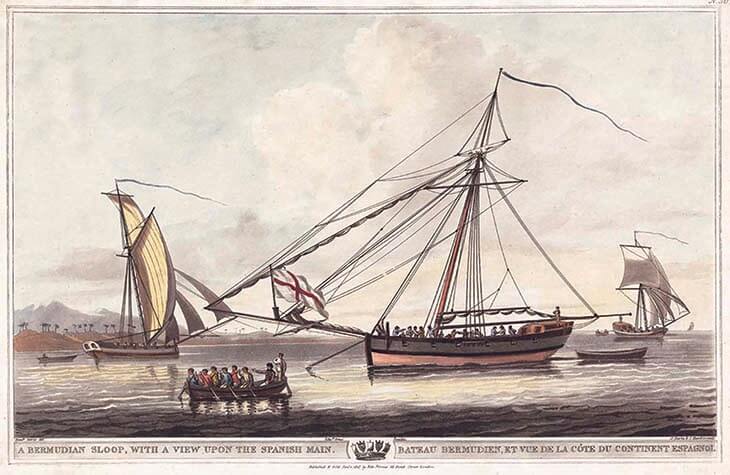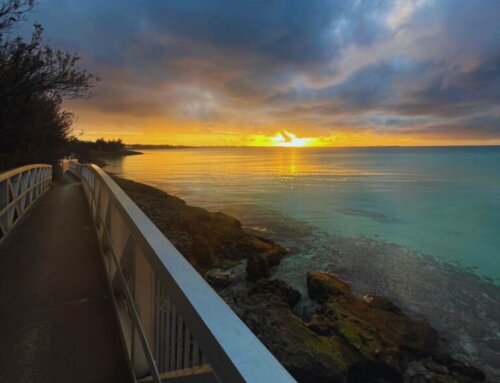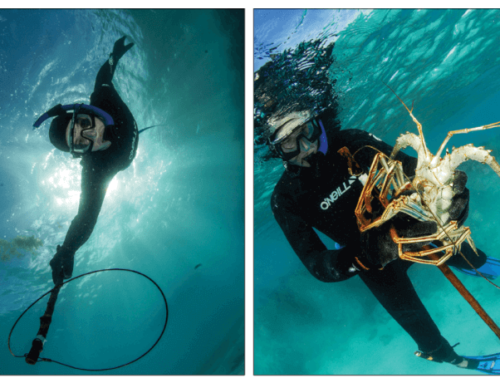Do You Know…About ‘Letters of Marque’ and the Difference Between Privateering and Piracy? by Horst Augustinovic
From the 16th to the 19th centuries, privateering was part of naval warfare when governments authorised ships by letters of marque to attack the ships of their enemies. By disrupting commerce, Privateers were particularly effective against enemies that depended on trade, and forced them to deploy their warships to protect their merchant ships. As the cost was borne by ‘investors’ hoping for a large payoff of prize money from captured ships and their cargo, privateering was actually less destructive than warfare as the purpose was to capture ships, not sink them.
Raiding and plundering ships was the object of both privateers and pirates and it is only the letter of marque that made privateering legal. Sometimes letters of marque were granted rather indiscriminately, with the result that would-be pirates could operate quite legitimately, however, their activity was usually limited to a specific area and ships of specific nations.
Privateers usually armed their ships and recruited large crews in order to crew any prizes they captured. The advantage in manpower was important when trying to seize larger vessels, which often lacked the ability to put up a strong defence. Although they usually cruised independently, privateers sometimes cooperated with each other, as well as the regular navy. They obviously tried to avoid encounters with opposing warships.
After the French Revolution, French privateers became a serious menace to British shipping in the Caribbean and the western Atlantic and the Royal Navy started to purchase Bermuda sloops to combat the French privateers. The fast Bermuda sloops were particularly well suited for both commerce, as well as privateering and Bermudians took every opportunity to prey on the ships of Britain’s enemies, especially France and Spain, during the 18th century.
Although generally supporting the rebels during the American War of Independence, Bermudian privateers turned aggressively on American shipping after losing most of the continental trade and after Bermudians were excluded from fishing the Grand Banks. Still Bermudians continued trading with the rebellious colonies and helped them win their independence.
Bermudian privateering declined in the 1790s in part because the Royal Navy established a larger presence in Bermuda, reducing the reliance on privateers, but also due to American legal claims for damages against Bermudian privateers. It was the War of 1812, during which Bermudian privateers captured 298 ships, that saw a revival of Bermudian privateering and it wasn’t until the Paris Declaration Respecting Maritime Law of 1856, which regulated shipping on the high seas, that privateering was finally abolished.

A map of Central America and the Caribbean at the time when Bermudian privateers were
most active.

A Bermuda sloop engaged as a privateer off the coast of South America. The fore-and-aft rig of Bermuda sloops were particularly suited in manoeuvring upwind which enabled them to sail
without much difficulty south-west to the Turks Islands where salt was harvested, and then
north to the American ports where they sold their precious commodity.







